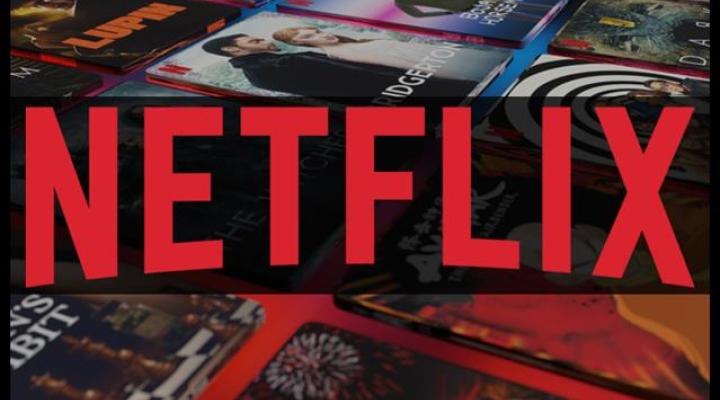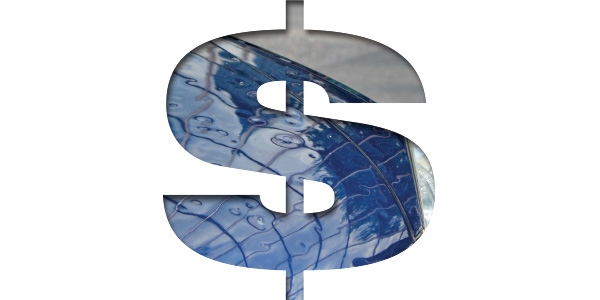That concludes Netflix’s second-ever upfronts.
Netflix announced on Tuesday that it saw a 150% boost in ad revenues during upfront talks this year compared to previous year. Travel, vehicle, retail, fast food, and consumer-packaged goods brands all contributed to the investment.
However, Netflix has reluctant to release actual data, so there is no baseline for determining how its year-over-year growth translates into ad dollars.
Nonetheless, the upward growth trend in ad sales bodes well for Netflix’s programmatic goals.
READ MORE: Amazon Exceeds Expectations; Ad Sales Increase 24%
Netflix began selling through one-to-one private marketplace sales earlier this month, using The Trade Desk, Google’s DV360, and Microsoft’s Xandr. Until now, Microsoft has been Netflix’s sole partner in running its ad-supported service.

It makes sense that Netflix is expanding its roster to avoid relying too much on a single partner as it prepares to gain more control over its advertising business. In May, Netflix announced ambitions to develop its own advertising technology.
The timing of the announcement was not coincidental. Netflix’s programmatic changes may drive more buyers to spend larger sums on the platform throughout the year.
Netflix has run multiple programmatic ads in recent weeks with major advertisers including Expedia, T-Mobile, Ford, Mercedes-Benz, American Eagle, and Swiss pharmaceutical corporation Novartis.
READ MORE: Netflix And Amazon Prime Video Are Eating The Lunch Of Traditional Broadcast Ad Sales
Netflix seeks programmatic prowess.
Netflix also has a few more advertising tweaks planned.

PMP discounts for Netflix material, which are currently only accessible in the United States, Canada, Brazil, and Mexico, will expand to other territories over the coming few months.
In addition, starting in November, Netflix will begin selling its inventory through programmatic guaranteed transactions rather than PMPs. Programmatic guaranteed deals work similarly to automated insertion orders and may help Netflix attract more traditional TV advertisers who are unfamiliar with the intricacies of programmatic bidding.
Furthermore, because Netflix CPMs are now lower – around $30 or less, down from around $60 since debuting advertisements in 2022 – this may help sweeten the bargain for prospective buyers.
Meanwhile, Netflix advertising can look forward to improved measurement.

Later this fall, regardless of how they buy advertisements on the platform, all advertisers will have access to measurement reporting from Nielsen ONE, Kantar, EDO, NCSolutions, Affinity Solutions, and Lucid by Cint.
Beginning in October, all Netflix purchasers will be able to verify impression delivery using Innovid and Google Campaign Manager. Integral Ad Science and DoubleVerify are already used by direct buyers to check ad viewability and authenticate traffic for Netflix campaigns, and programmatic buyers will be able to do the same starting in October.
Finally, next month, Barb’s Advanced Campaign Hub will include Netflix’s ad-supported plan. Barb Audiences, formerly BARB (Broadcasters’ Audience Research Board), is a British TV ad measuring trade organization that is similar to the broadcaster-backed joint industry group in the United States.
To preserve its lead in the streaming wars, Netflix will need to make measurement its next major priority.
Radiant TV, offering to elevate your entertainment game! Movies, TV series, exclusive interviews, music, and more—download now on various devices, including iPhones, Androids, smart TVs, Apple TV, Fire Stick, and more.


